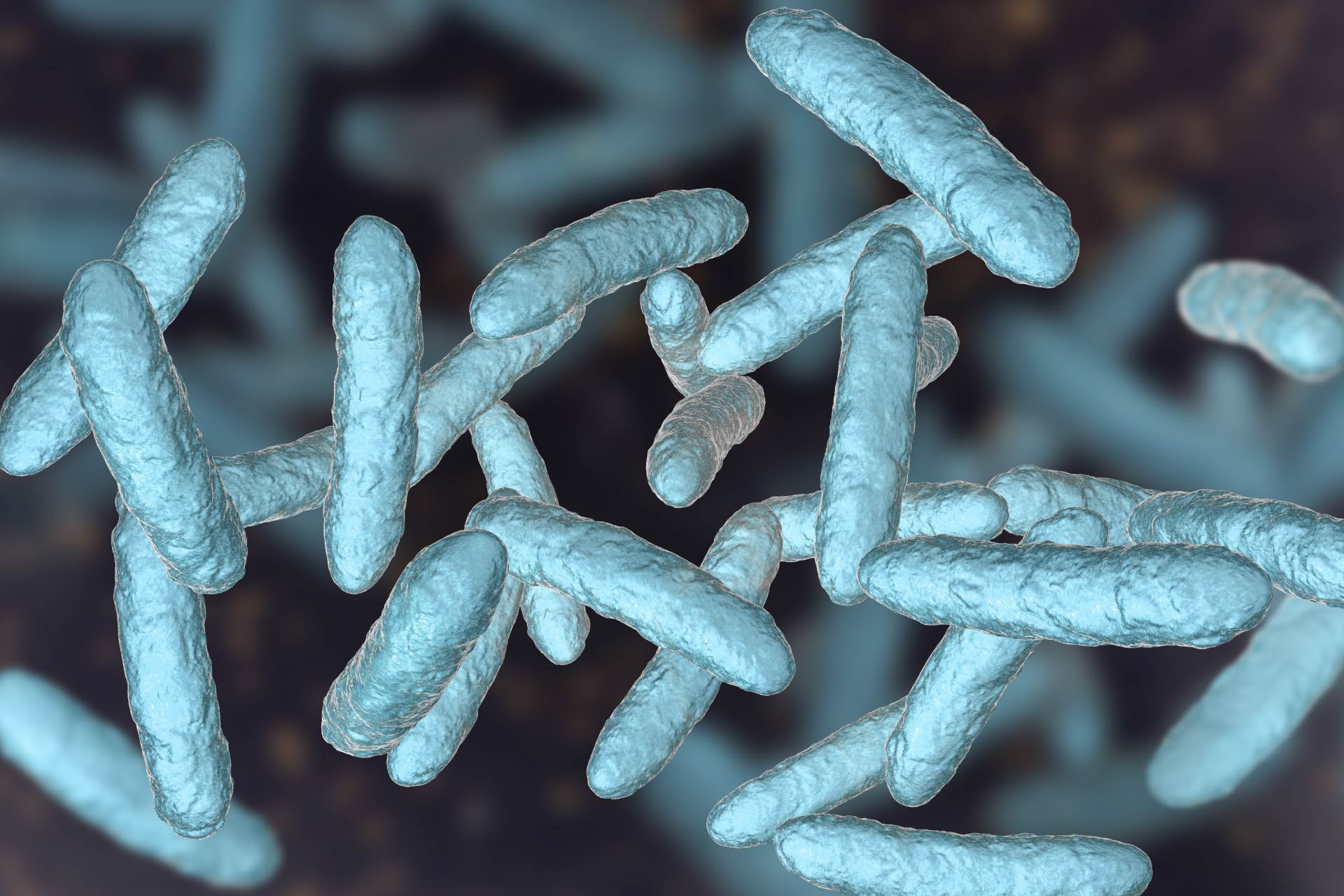• Anorexia links
• Treatment target
What is already known on this topic
Some studies have found differences in the gut microbial composition of people with anorexia and healthy individuals, but results remain inconclusive.What this research adds
The researchers reviewed the existing literature investigating the relationship between the gut microbiota and anorexia. In general, people with anorexia seem to have an altered microbial diversity compared to healthy individuals. Three microbial species, Alistipes, Parabacterioides, and Roseburia, were found in people with anorexia more frequently than they were found in healthy individuals.Conclusion
The increase of specific bacterial species may represent hallmarks of the gut microbiota alterations in anorexia as well as potential therapeutic targets. However, standardized
research methods are needed to make studies more comparable and better identify the alterations of gut microbiota in anorexia.
Anorexia is an eating disorder characterized by a distorted body image, with an unwarranted fear of being overweight. Several factors contribute to the development of the disorder, including psychological, social, and biological changes occurring around puberty. Some studies have also found differences in the gut microbial composition of people with anorexia and healthy individuals, but results remain inconclusive.
To better understand the relationship between the gut microbiota and anorexia, Laura Di Lodovico at Paul Brousse University Hospital and her colleagues reviewed the existing literature comparing the gut microbiota of people with anorexia with that of healthy individuals.
The researchers analyzed nine studies, for a total of 180 people with anorexia and 251 normally weighed, healthy individuals.
Anorexia links
Three studies reported a significant reduction of microbial diversity in people with anorexia. A lower microbial diversity correlated with clinical parameters such as depression and eating disorder manifestations as well as lower fecal levels of short chain fatty acids such as butyrate and propionate, lower blood insulin, and lower body mass index.
All the studies reported differences in the relative abundance of bacterial species between people with anorexia and healthy individuals, but results were often contradictory across studies.
Most studies described a decrease of the Bacterioides/Firmicutes ratio and an increase in the levels of Coriobacteriaceae and Enterobacteriaceae. The archaeon Methanobrevibacter smithii was overrepresented in people with anorexia compared to both lean healthy individuals and obese people. Bacteria such as the butyrate-producing Roseburia, Eubacterium, Clostridium and Ruminococcus were less represented in samples from people with anorexia.
Treatment target
In some of the studies analyzed, body mass index increased as the relative abundance of bacteria including Eubacteriaceae, Turicibacteriaceae, and Clostridiales increased. Lower body mass index was correlated with the presence of mucin-degrading microorganisms such as Akkermansia muciniphila, Ruminococcaceae, and Methanobrevibacter smithii. Anxiety and depression were less prominent in people with low levels of Clostridium bacteria.
Of the 46 bacterial species differentially represented between people with anorexia and healthy individuals, three species—Alistipes, Parabacterioides, and Roseburia—were found in people with anorexia more frequently than they were found in healthy individuals. At the phylum level, two studies found a significant shift in the Firmicutes/Bacterioides ratio, but with contrasting results.
Although many discrepancies among studies are still to be solved, this review represents the first of its kind to look at the gut microbiota in individuals with and without anorexia. However, the development of standardized methods is needed to make studies more comparable and better identify the alterations of gut microbiota in anorexia.
If confirmed, findings such as the decrease of the relative abundance of butyrate producing species and the increase of Parabacterioides, Alistipes and mucin-degrading bacteria could help to identify the hallmarks of gut microbiota alterations in anorexia as well as potential therapeutic targets, the researcher say.









